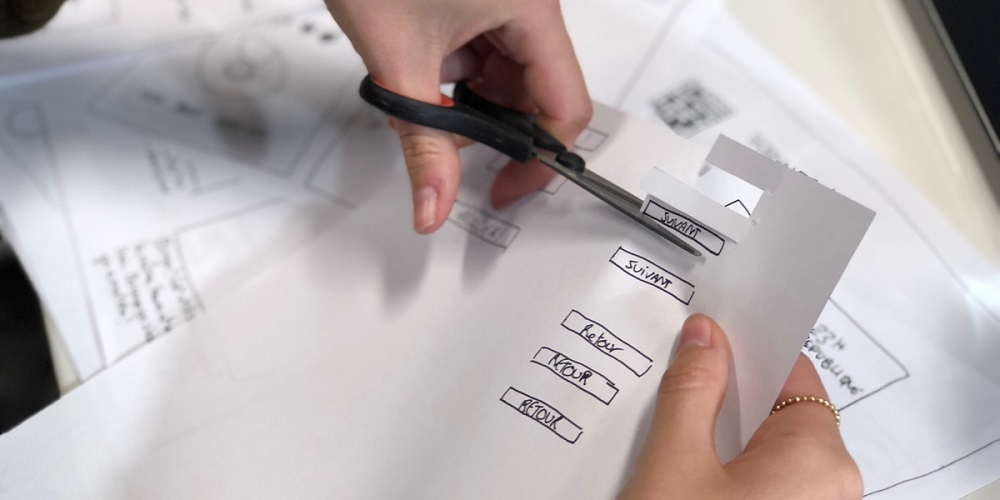Individuals or organizations that offer any form of prototyping services know that their services are more filter efficient and less separate.
Rapid prototyping feeds on the feedback from users. Rapid prototyping also makes use of multiple prototyping approaches to fully meet the requirements of the system.
Rapid prototyping enables the designer to move from the raw abstract idea to a well-shaped, thoroughly engineered reality.
Rapid Prototyping- Tracing the Journey
The rapid prototyping journey can be outlined like this in 3 ways.
1· Exploration
This is the stage of trying out available options. This can come in form of paper prototypes, sketches, and whiteboard drawings that are not clear but needs a follow-up process.
The exploration of ideas also involves looking at all angles and generating other functional ideas that can make the system complete.
2· Proposal Communication
In this phase, there are evaluations and deliberations on the system. This is when the prototype proposal is brought forward for analysis and evaluation.
The phase comes in form of a demo or visual concept to demonstrate the competence and efficiency of the product.
3· Specification
Here is where the decisions for the content are made. There are decisions about the behavior and looks of the system.
In this phase, the prototype is at its most functional form with relation to the final product. Here all the specifications are almost exact and it is well enough to play the role of the design specification.
Dos And Don’ts of Rapid Prototyping
Here is some information that you need to keep in mind.
1. Things You Should Do
Esteemed users
Business stakeholders, IT clients, and stakeholders, and others are part of the feedback team. They should be among the people you should collaborate with.
Since they have a sense of ownership and give valuable feedback, they are esteemed users and are considered valuable to the team.
Realistic delays
The prototype is used to demonstrate how the final product will operate. You should build a realistic delay.
This will help prevent high expectations from users on an instant response from the final product. This vital when creating high fidelity simulations.
Reuse
Do not make the mistake of deleting the templates you use. There will always be a need for them. It is advisable therefore that you save reusable templates and widgets or other useful tools for future use.
Prototyping review
Always remind your users during a prototype review session about the progress of the prototype. You should start with a disclaimer stating that this is just a prototype.
The reminder will limit their expectations and help them understand that this prototype is still a work in progress. Then they have it in mind that it can and will get better.
2. Things You Should Not Do
Prototype Functionality
If there are features that cannot be implemented in the final product, it is best to leave them out of the prototype.
Prototyping features that will not work on the prototype will only raise expectations and bring disappointments. It is better to confirm with developers before making such prototypes.
Prototype Requirements
Each new requirement o requested change should be carefully analyzed. Some can be implemented while others are moved to future iterations.
Conclusion
Rapid prototyping is quite interesting in its way. It is important to make careful research before any decisions are made and finalized.
